Master2020
In 2020 was er het indrukwekkende aantal van elf inzendingen in de categorie Master. Voor het eerst was er een inzending van de opleiding Professional Master of Structural Engineering van de Hogeschool van Amsterdam.
« terug naar StudentenSTAALprijs 2020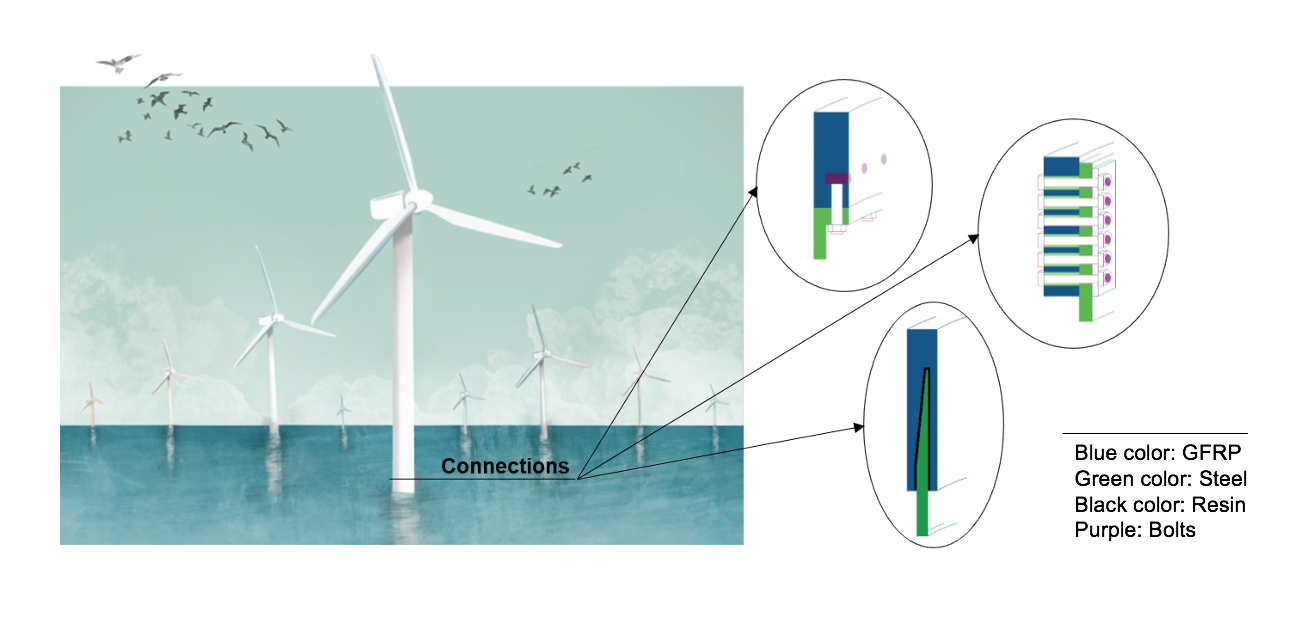 1e prijs: Angeliki Christoforidou (Technische Universiteit Delft & Jules Dock) - New Joints of GFRP tower with a steel support structure for offshore wind turbines
1e prijs: Angeliki Christoforidou (Technische Universiteit Delft & Jules Dock) - New Joints of GFRP tower with a steel support structure for offshore wind turbines
The research objective is based on investigating joining methods that can be feasible solutions which assure the integrity of the wind energy converters. The potential of several new or adapted existing methods was researched and evaluated based on several requirements. Three connections were selected to conduct a more thorough investigation: friction joint, t-bolted flange and the bonded joint. Based on the FE results the friction joint is concluded to be the most feasible solution as it can resist a load which is almost 10% higher than the expected external design loading.
The offshore wind industry is currently undergoing a constant and rapid growth. Companies are constantly investigating possibilities to improve the designs and increase the size of the wind turbines together with their power output. Nevertheless, few projects are available that presume to research the possibility to deploy a more sophisticated structure made of alternative materials. Jules Dock is exploring the possibility of replacing the steel material, which has been extensively used to manufacture the tower of a wind turbine, with Glass Fiber Reinforced Polymer (GFRP), the so-called C-tower. The proposed material has been examined in combination with the most used foundation method which is the monopile foundation.
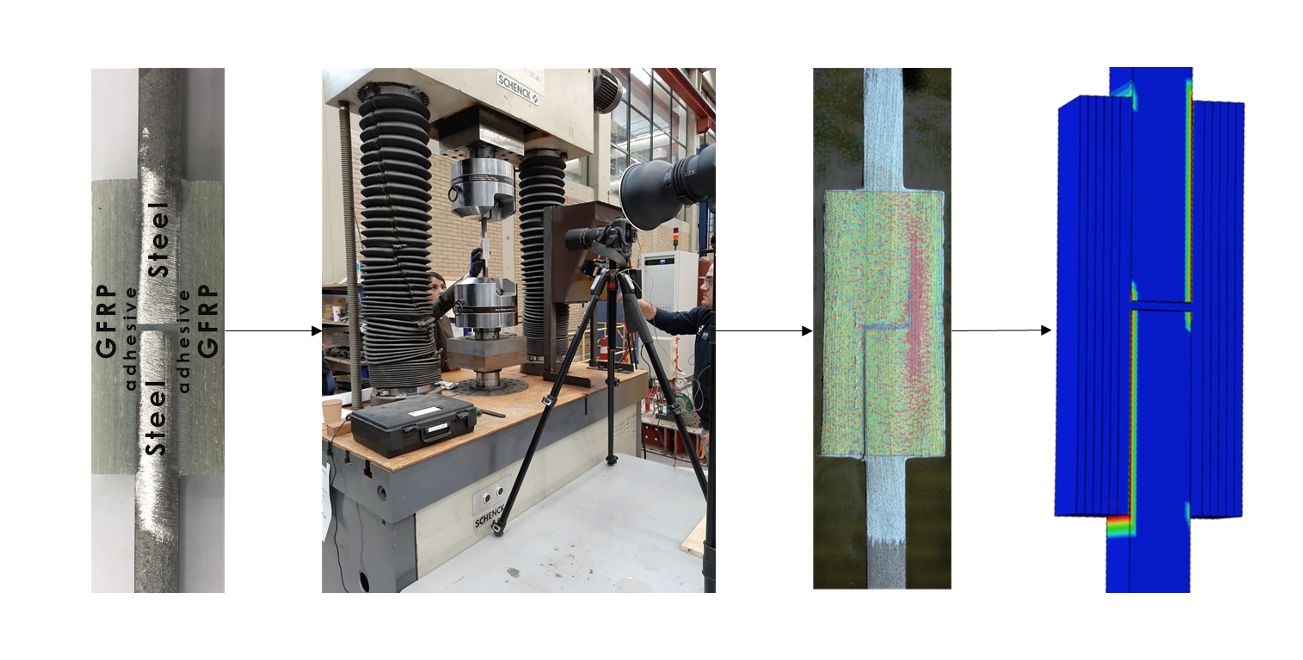 To make sure that the new composite material can successfully replace steel, an important step is to find out a connection that will effectually join the GFRP tubular tower of 5m diameter with the steel Transition Piece (TP). Therefore, this research objective is based on investigating joining methods that can be feasible solutions which assure the integrity of the wind energy converters. The potential of several new or adapted existing methods was researched and evaluated based on several requirements. Three connections were selected to conduct a more thorough investigation: friction joint, t- bolted flange and the bonded joint. The proposed design of friction joint was based on friction grip joint for steel to steel towers. The modification made in case of one side of joint being made of GFRP is the steel tubes through the thickness of GFRP to prevent loss of the bolt preload. Moreover, the upper part of the proposed t-bolted flange joint was inspired by the already used connection for the composite blades of a wind turbine while the bottom steel part was based on the ring-flange configuration that is most commonly used for assembling the towers of wind turbines. Finally, the inserted double-lap bonded joint is designed such that the steel TP is inserted through the thickness of the GFRP tower and eventually was improved by assigning a scarf geometry.
To make sure that the new composite material can successfully replace steel, an important step is to find out a connection that will effectually join the GFRP tubular tower of 5m diameter with the steel Transition Piece (TP). Therefore, this research objective is based on investigating joining methods that can be feasible solutions which assure the integrity of the wind energy converters. The potential of several new or adapted existing methods was researched and evaluated based on several requirements. Three connections were selected to conduct a more thorough investigation: friction joint, t- bolted flange and the bonded joint. The proposed design of friction joint was based on friction grip joint for steel to steel towers. The modification made in case of one side of joint being made of GFRP is the steel tubes through the thickness of GFRP to prevent loss of the bolt preload. Moreover, the upper part of the proposed t-bolted flange joint was inspired by the already used connection for the composite blades of a wind turbine while the bottom steel part was based on the ring-flange configuration that is most commonly used for assembling the towers of wind turbines. Finally, the inserted double-lap bonded joint is designed such that the steel TP is inserted through the thickness of the GFRP tower and eventually was improved by assigning a scarf geometry.
To assign realistic material properties and calibrate interface parameters, material testing on laminate level and small-scale adhesively bonded joints with double-lap configuration were tested. Simulation of some of the experiments lead to identify properties that are not directly obtained from the experiments, such as the parameters to define the debonding between an adhesive and a steel plate. The ultimate goal of the Finite Element (FE) models was to capture the same load-displacement curve and the same failure modes. When comparing the experimental results with the Finite Element Analysis (FEA) for the double-lap bonded joints the same shear concentration trends were obtained, emphasizing the validity of the acquired bond strength parameters. After the execution of the experimental and the relevant numerical work, the final verification of the most promising joints took place.
Based on the FE results, the proposed design for the t-bolted flange joint is concluded to be inapplicable due to the insufficiency of the GFRP material to cope with bearing stresses. Moreover, the scarf bonded joint can only resist 90% of the external design loading given the bond strength parameters that were calibrated based on the experiments. Finally, friction joint is concluded to be the most feasible solution as it can resist a load which is almost 10% higher than the expected external design loading. The main reason is the ability of the connection to provide sufficient friction resistance by controlling the number of bolts in a row. The designed connection consists of 71 segments with five M64 bolts in a row. Steel tubes 24mm thick work as sleeves around bolts to prevent loss of preloading forces due to potential through thickness creep behaviour of GFRP.
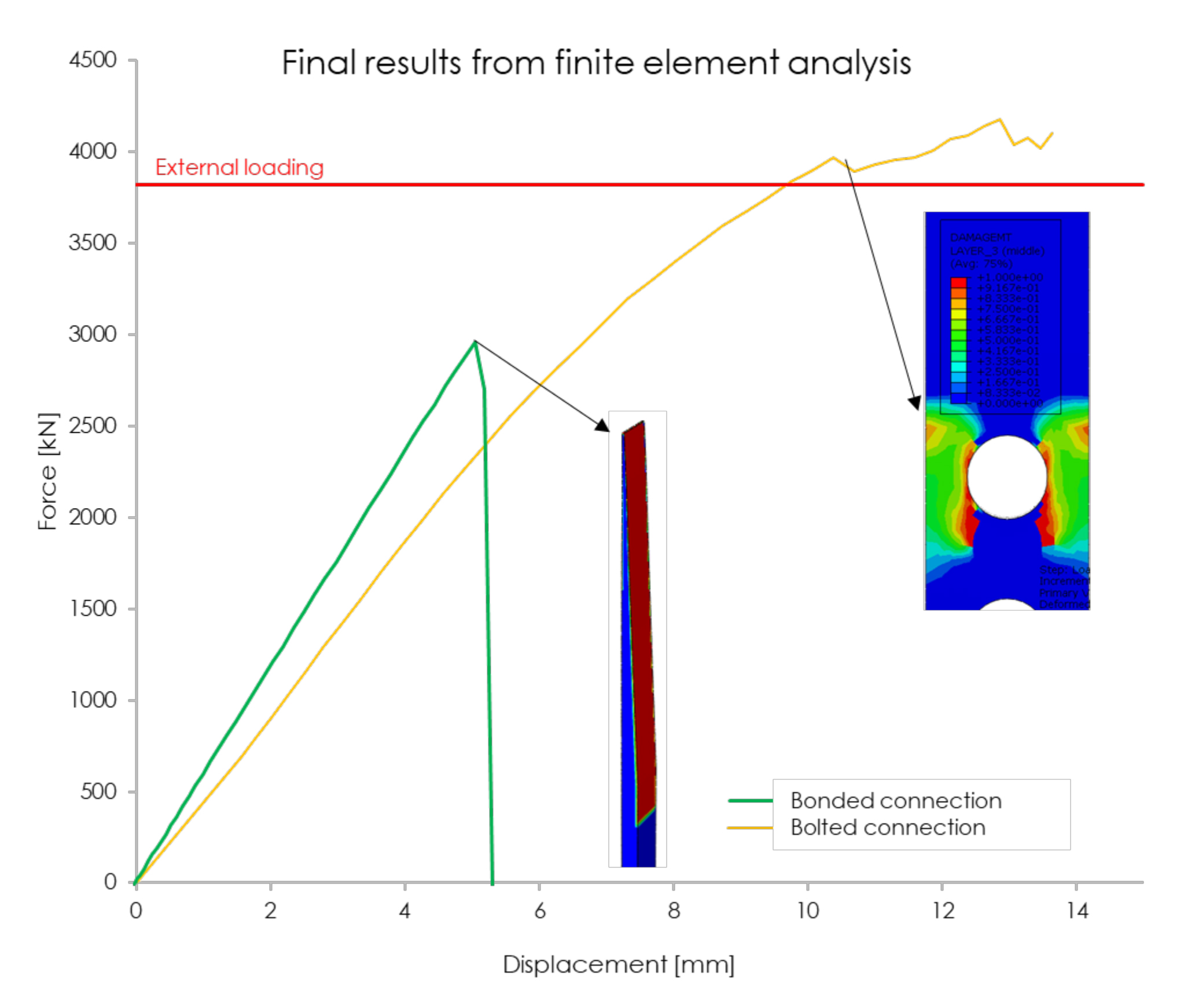 Het oordeel van de jury:
Het oordeel van de jury:
Unaniem is de jury enthousiast over dit creatieve en maatschappelijk relevante onderzoek. De toenemende groei van windmolenparken met name op zee vraagt om meer onderzoek naar de gedragingen van de windmolenconstructie en de mogelijkheden om deze te verbeteren. Niet in de laatste plaats om kosten te besparen. De oplossing voor specifieke staalproblemen zoals vermoeiing of de gevoeligheid voor corrosie is gezocht in hybride constructies. Het onderzoek richt zich op de mogelijkheden om de zwakke punten zoals boutverbindingen te verbeteren door de inzet van Glass Fibre Reinforced Polymer. De gekozen invalshoek stimuleert het gebruik van sterke eigenschappen van staal en lost zwakke punten op met andere materialen. Dit brengt het construeren met staal naar een nieuwe dimensie. Nu is vermoeiing vaak de maatgevende factor. Dat zou zomaar verleden tijd kunnen zijn, waardoor via hybride materiaalgebruik heel slim slanker kan worden geconstrueerd. Het onderzoek is van hoog niveau, maakt zowel gebruik van computermodellen als laboratoriumtesten en leidt tot bruikbare conclusies voor het vakgebied. ‘Interessant, actueel, maatschappelijk relevant onderzoek dat op een nieuwe frisse manier kijkt naar de inzet van staal als constructiemateriaal’, is het eensgezinde oordeel van de jury. Het onderzoek leert de zwakke eigenschappen van staal beter kennen en te accepteren. Hierdoor komen de sterke eigenschappen beter naar voren. De jury roept dit onderzoek uit als overtuigende winnaar van de eerste prijs!
The assessment of the jury:
The jury is unanimously enthusiastic about this creative and socially relevant research. The increasing growth of wind farms, especially at sea, requires more research into the behavior of the wind turbine construction and the possibilities for improving it. Not least to save costs. The solution for specific steel problems such as fatigue or corrosion has been sought in hybrid constructions. The research focuses on the possibilities of improving weak points such as bolted connections through the use of Glass Fiber Reinforced Polymer. This way the strengths of steel are used, while weaknesses are solved with other materials. This takes steel construction to a new dimension. Fatigue is often the decisive factor. Hybrid construction might solve that, giving way to smarter and more slender structures. The research is of a high level, makes use of both computer models and laboratory tests and leads to useful conclusions for the field. "Interesting, topical, socially relevant research that looks in a new fresh way at the use of steel as a construction material", is the unanimous judgment of the jury. The research learns to better understand and accept the weak properties of steel. This brings out the strong properties better. The jury proclaims this research as the convincing winner of the first prize!
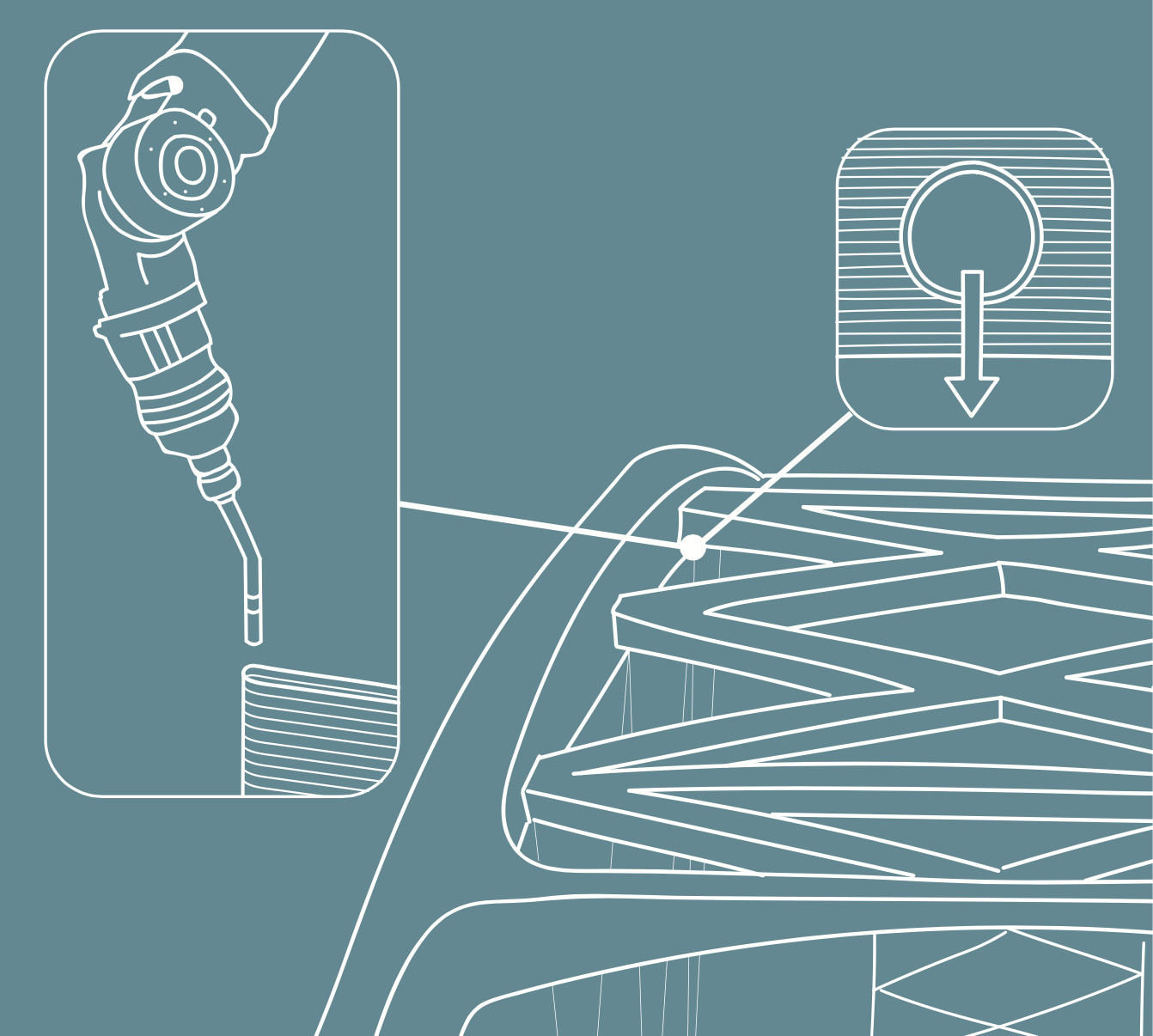 2e prijs: Geerte Kotteman (Technische Universiteit Delft & Royal HaskoningDHV & MX3D) - Steel 3D printing for structures – An explorative study on the tear-out strength of a pin or bolt in a Wire and Arc Additively Manufactured carbon steel plate
2e prijs: Geerte Kotteman (Technische Universiteit Delft & Royal HaskoningDHV & MX3D) - Steel 3D printing for structures – An explorative study on the tear-out strength of a pin or bolt in a Wire and Arc Additively Manufactured carbon steel plate
De technologie voor Additive Manufacturing (AM), oftewel 3D-printen, van staal ontwikkelt zich snel voor verschillende toepassingen. Onder andere de auto-industrie, maar ook de medische industrie en de bouw maken er gebruik van. Een van de voordelen van het laag voor laag opbouwen van een onderdeel is dat vrije vormen kunnen worden gefabriceerd, die licht van gewicht kunnen zijn en zo kan er materiaal worden bespaard. De vorm kan worden geoptimaliseerd, zodat alleen materiaal geplaatst wordt op de locatie waar dat voor de verdeling en het opnemen van de krachten nodig is.
De verwachting is dat de bouw komende jaren zal gaan profiteren van AM en specifiek Wire and Arc AM (WAAM). Deze methode van het smelten van de stalen draad met behulp van een boog om het materiaal op te bouwen uit verschillende lassen is het meest geschikt voor deze industrie. Hierbij kunnen namelijk grote hoeveelheden materiaal in een relatief korte tijd worden gedeponeerd.
Tot nog toe was er louter onderzoek gedaan naar WAAM roestvast staal dat toegepast kan worden in constructies. Koolstofstaal is echter 33% goedkoper dan roestvast staal en wordt daarom dus ook vaker gebruikt voor constructies, waarin vaak tonnen staal nodig zijn. Dit onderzoek richtte zich dan ook op koolstofstaal S460, geproduceerd door MX3D.
Een verbinding is een onderdeel van een constructie dat qua topologie goed geoptimaliseerd kan worden en daarom dus erg geschikt is om te 3D-printen; er kan hier namelijk veel materiaal worden bespaard. Om de eerste stap te maken voor het ontwerpen van WAAM verbindingen, is fundamenteel onderzoek nodig. Dit onderzoek richtte zich op een specifieke verbinding; bouten en pennen in een WAAM koolstof stalen plaat. Het faalmechanisme afschuiving werd getest door experimenten in het laboratorium.
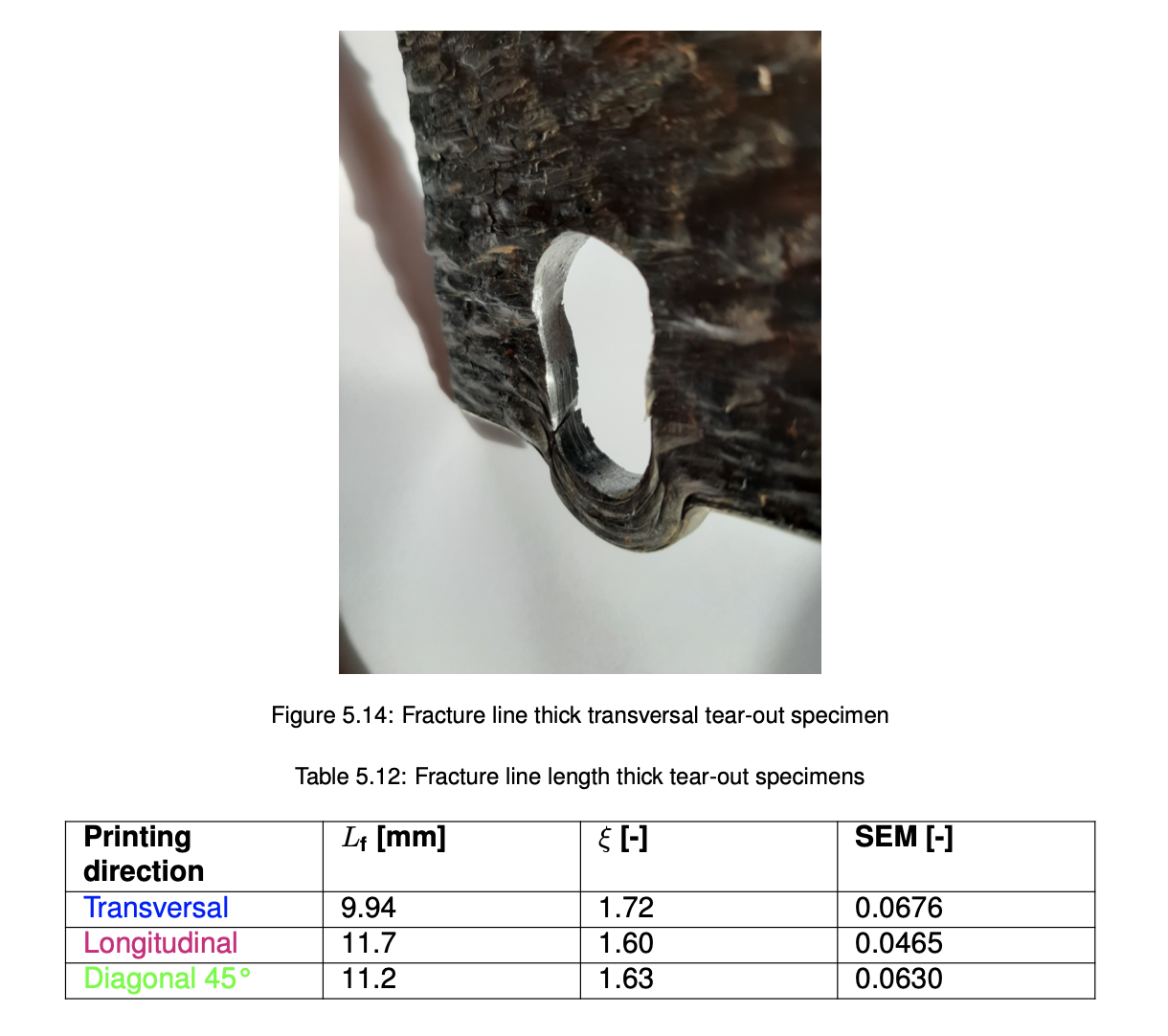 Daarvoor werden eerst de materiaaleigenschappen bepaald aan de hand van trekproeven op glad gefreesd en as-printed materiaal. Twee verschillende diktes en drie verschillende printrichtingen zijn onderzocht. Zo kon de invloed van de ruwheid van het as-printed materiaal worden bepaald en de effectieve dikte. Vervolgens werden de afschuivingstesten gedaan op het as-printed plaatmateriaal. De experimentele resultaten werden vergeleken met de theoretische, en met conventioneel geproduceerd koolstofstaal aan de hand van de Eurocode en literatuur.
Daarvoor werden eerst de materiaaleigenschappen bepaald aan de hand van trekproeven op glad gefreesd en as-printed materiaal. Twee verschillende diktes en drie verschillende printrichtingen zijn onderzocht. Zo kon de invloed van de ruwheid van het as-printed materiaal worden bepaald en de effectieve dikte. Vervolgens werden de afschuivingstesten gedaan op het as-printed plaatmateriaal. De experimentele resultaten werden vergeleken met de theoretische, en met conventioneel geproduceerd koolstofstaal aan de hand van de Eurocode en literatuur.
De conclusie is dat WAAM koolstofstaal een geschikt materiaal is voor constructieve doeleinden, vanwege de hoge stijfheid enerzijds; dezelfde waarden als voor conventioneel geproduceerd staal zijn gevonden, en vanwege de lage kosten anderzijds, wanneer dit vergeleken wordt met roestvast staal. De vloeisterkte en de maximale treksterkte voor WAAM zijn echter lager dan de sterktes van gewalst koolstofstaal en deze verschilt niet significant per printrichting. Aan de ductiliteitseis in de Eurocode wordt voldaan. Een reductiefactor om de ruwheid van de verschillende diktes van printrichtingen van proefstukken mee te nemen is bepaald.
De conclusie van de afschuifsterkte met kleine eindafstanden is dat hetzelfde model voor 3D-geprint als voor conventioneel koolstofstaal kan worden gebruikt, maar alleen als de maximale treksterkte is bepaald aan de hand van glad gefreesde proefstukken én de effectieve dikte is meegenomen.
Deze uitkomsten zijn positief en een goede eerste stap in de richting van het bouwen met 3D-geprint koolstofstaal.
Het afstudeerrapport is te downloaden van de website van de TU Delft.
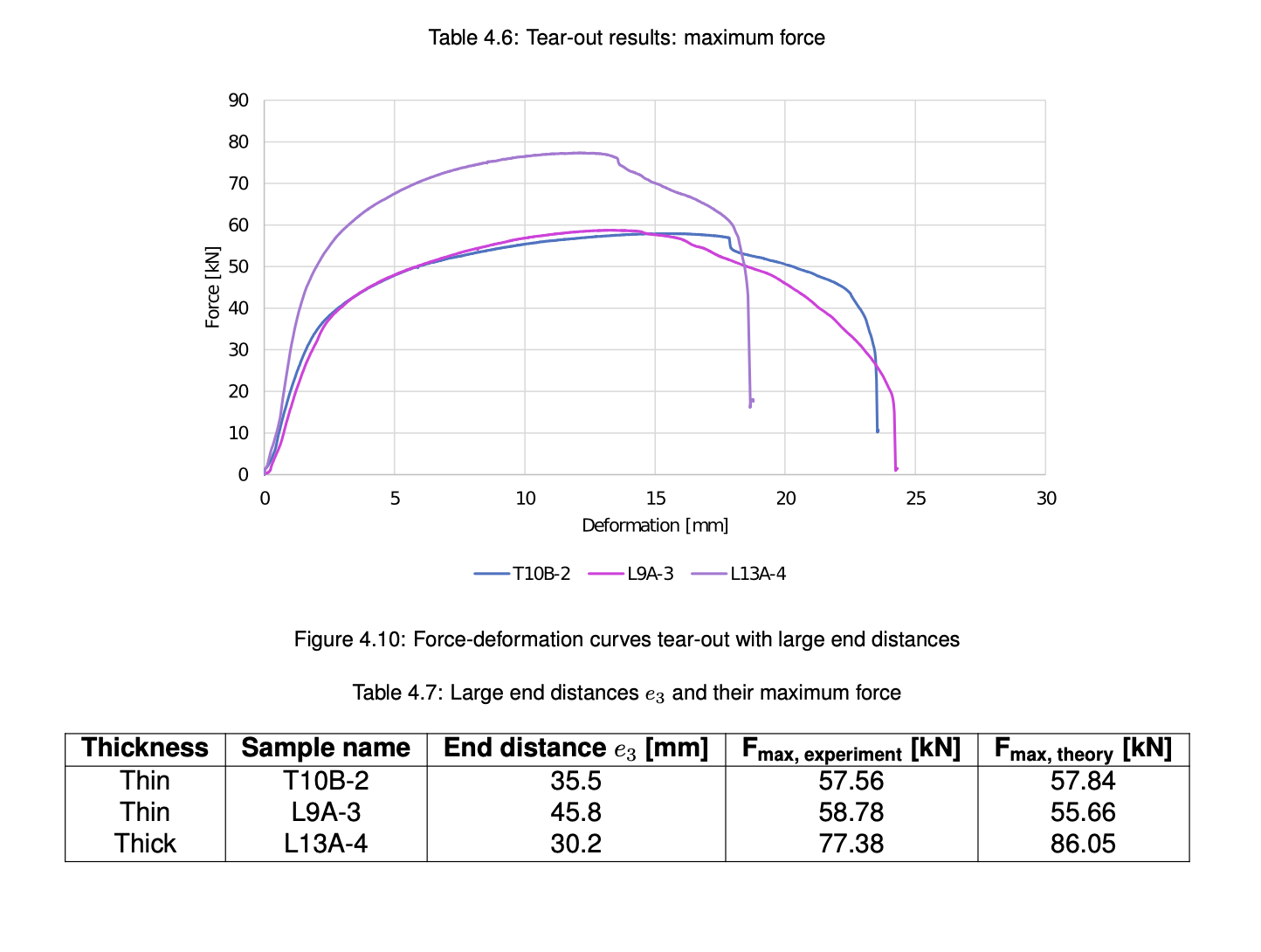 Het oordeel van de jury:
Het oordeel van de jury:
Het onderwerp 3D printen is populair. De toepassingsmogelijkheden zijn veelbelovend en spreken tot de verbeelding. Dat niet genoeg om tot het praktijkveld door te dringen. Om 3D geprinte constructieonderdelen serieus toe te kunnen passen is meer inzicht nodig in de gedragingen en eigenschappen van geprint staal. Dit onderzoek richt zich op 3D geprint koolstofstaal S460, een veel toegepaste staalsoort. Het helder geschreven rapport levert een relevante en innovatieve bijdrage aan het inzicht in het gedrag van 3D geprint koolstofstaal. De jury waardeert dit type onderzoek dat noodzakelijk is voor het kweken van meer fundamenteel vertrouwen in 3D geprint materiaal. Er is nog veel onderzoek nodig, maar hiermee is toch een stap naar de toekomst gezet. ‘Nuttig, elementair onderzoek dat bovendien een innovatieve bijdrage levert aan het vakgebied’, stelt de jury met genoegen vast.



